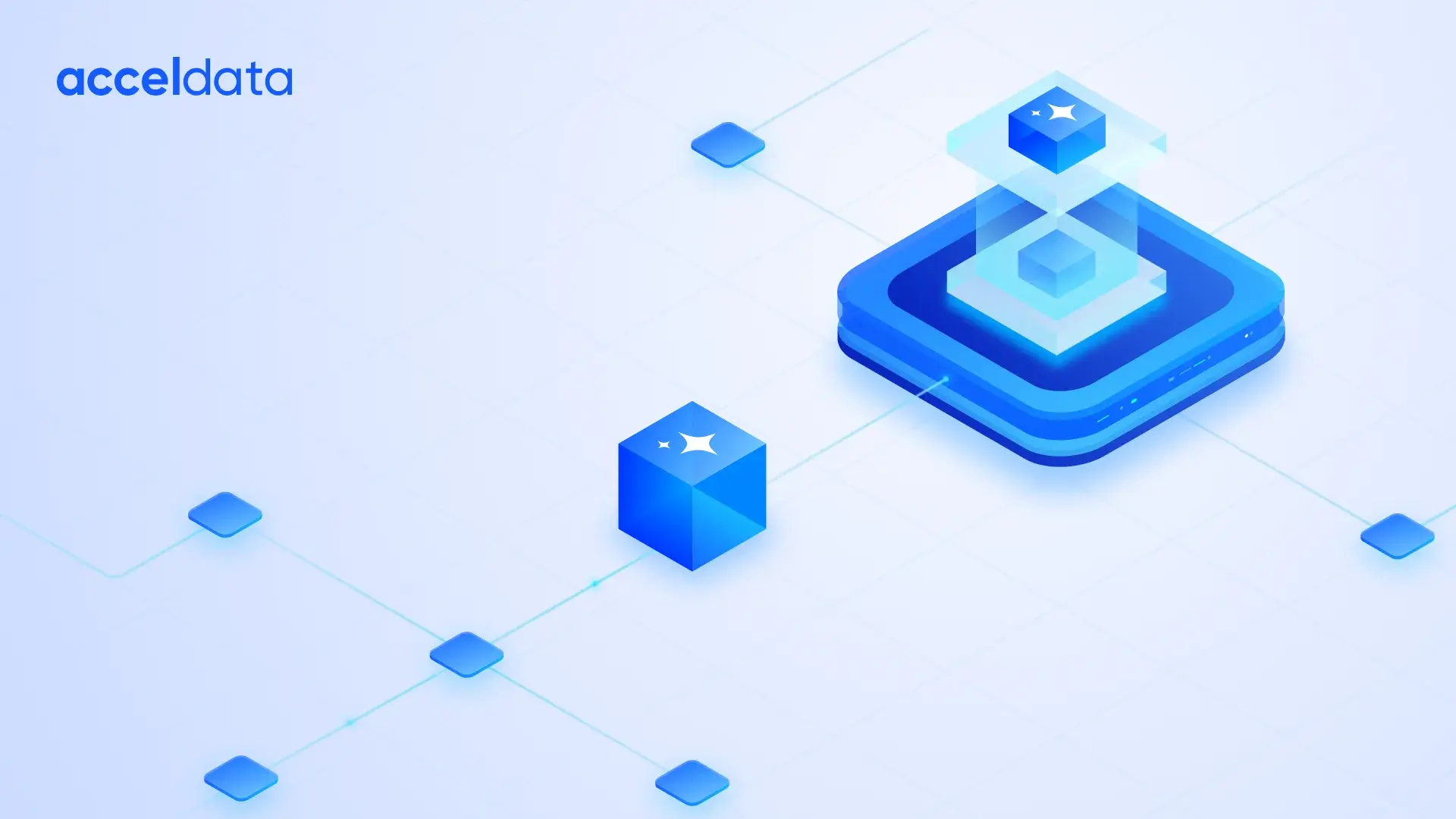We are very pleased to announce our Series A investment led by Sorenson Ventures with participation from existing investors Lightspeed Venture Partners, Emergent Ventures and leading angels Ashish Gupta, co-founder of Helion VC, and Girish Mathrubootham, founder of Freshworks.
This $8.5 million Series A round will help us accelerate our go-to-market beyond early customers like GE Digital, PhonePe (Walmart), Michelin, and Pubmatic, to name just a few.
Additionally, the funding will help us expand our capabilities to provide a comprehensive Data Observability platform that connects investments in advanced analytics and AI with data and business success.
Most importantly, the funding demonstrates that our investment partners agree that Data Observability is a foundational element for enterprise data success.
Through our own experience building complex enterprise data systems and working with some of the world’s largest companies, we’ve seen how it’s more critical than ever for modern enterprises to implement Data Observability tools to monitor and manage their data pipelines. Deep instrumentation is the foundation that enables companies to experiment, improve, and optimize large-scale, mission-critical operational and analytics systems.
Nevertheless, it’s not easy to make data work in a way that aligns enterprise data and business strategies. In fact, many large enterprises are being overwhelmed with the complexity and scale of modern data systems.
That’s why we created Acceldata. Our goal is to make Data Observability, which may sound like a hard concept to understand, easy and accessible for every enterprise that relies on data to drive its business success.
Data Observability, in its simplest terms, is a set of tools to track the health of enterprise data applications and identify and troubleshoot problems when things go wrong.
Another way to say it is that Data Observability provides cross-sectional visibility into analytics and AI systems. It synthesizes signals across infrastructure, application, and data layers to provide a comprehensive understanding of individual components, data pipelines, and system performance.
Big Tech’s Advantage – Observability
The world’s most valuable companies (Facebook, Apple, Amazon, Netflix, Google, and Microsoft) are data-driven.
These companies know that to succeed with complex data systems they need to understand what’s happening inside their data pipelines. They spend thousands of person-years and millions of dollars to build world-class data management and observability tools.
They use observability to conduct data experiments, measure and discard failures, and rapidly scale successes. Their engineers, infrastructure, and financial returns significantly outperform industry peers.
While breakthrough open-source distributed technology allows just about any company to process massive volumes of data, operating these technologies at scale is challenging.
For example, a machine learning model identifying credit card fraud built on Spark analyzes millions of transactions creating thousands of sub-applications. The business flow could fail for a variety of reasons, resource unavailability, data explosion, hardware outage, or failure in an upstream system. Data teams need information on what broke in real-time.
Unfortunately, the vast majority of enterprises lack the bandwidth and expertise to build advanced in-house data observability systems. They rely on inadequate commercial and open-source solutions designed for previous generation web and enterprise applications. As a result, they suffer from sub-optimal operational capabilities, inconsistencies and poor ROIs on data investments.
While working at several data-focused companies like Hortonworks, InMobi, 247.ai, and Zalando, we saw that successful analytics and AI follows deep instrumentation that enables experimentation and measures progress consistently. At Hortonworks, we witnessed hundreds of customers struggling to operate, manage, and deliver business results through their enterprise data systems.
Why We Started Acceldata
Acceldata’s Data Observability platform for Analytics and AI is built to measure, monitor, and model data perpetually moving across complex data pipelines in a way that’s never been done before.
Our platform provides a single pane of glass synthesizing signals across multiple layers–workloads, data, infrastructure, and usage–to predict, identify, recommend and fix data issues that impact business continuity and consistency. It accelerates the enterprise data journey along the capability and maturity curve with the following specific offerings:
1) Acceldata Pulse: Real-Time Observability for Modern Data Applications
Acceldata Pulse provides enterprises with cross-sectional visibility to re-design, re-implement, and tune their data pipelines.
It allows enterprises to improve data processing and operational efficiency, aligns data systems with business objectives, and supports self-sufficiency in managing open-source and open-core infrastructure.
2) Acceldata Torch: Automated Data Reliability
Acceldata Torch continuously and automatically validates structured and unstructured data using advanced ML and AI algorithms to predict data outages, report data issues in real-time, and optimize decisions. Acceldata validates data continuously and prevents data errors. We support modern data lakes and warehouses on AWS, Google Cloud, and Azure, along with Snowflake, Databricks, and several other popular data technologies, including MySQL, HBase, Oracle, Hive, and Spark.
3) Acceldata Flow: Cross-System Modeling & Monitoring
Acceldata Flow monitors all systems and integration points to understand how inter-system SLAs impact costs, data performance, and individual bottlenecks.
At the heart of Flow is the Acceldata system graph, which automatically aggregates information from data stores, pipelines, data processing engines, infrastructure into a single view. Enterprises need real-time, cross-sectional visibility and insights across infrastructure, workloads, data quality and business flow.
They need observability across multiple stages of the data journey, just like the Big Tech companies. We created Acceldata to help enterprises equip their data teams with the tools they need to achieve end-to-end Data Observability and transform themselves into modern, data-driven businesses.
Early Acceldata customers, like GE, PhonePe (Walmart), Pubmatic, HealthEdge, and True Digital, are already experiencing success with our Data Observability platform.
Diwakar Goel, Chief Data Officer and VP, GE Digital said – “Wing-to-wing observability is a game changer for Enterprise Analytics and AI. We partnered with Acceldata early in our journey and have had great success. As we re-platformed, Acceldata’s Observability Platform enabled us with deep insights and allowed us to modernize seamlessly. “
That’s why we’re super excited to be working with Sorenson Ventures and Lightspeed Ventures to accelerate our growth to make Data Observability and data success a reality for thousands of global enterprises.














.webp)
.webp)


